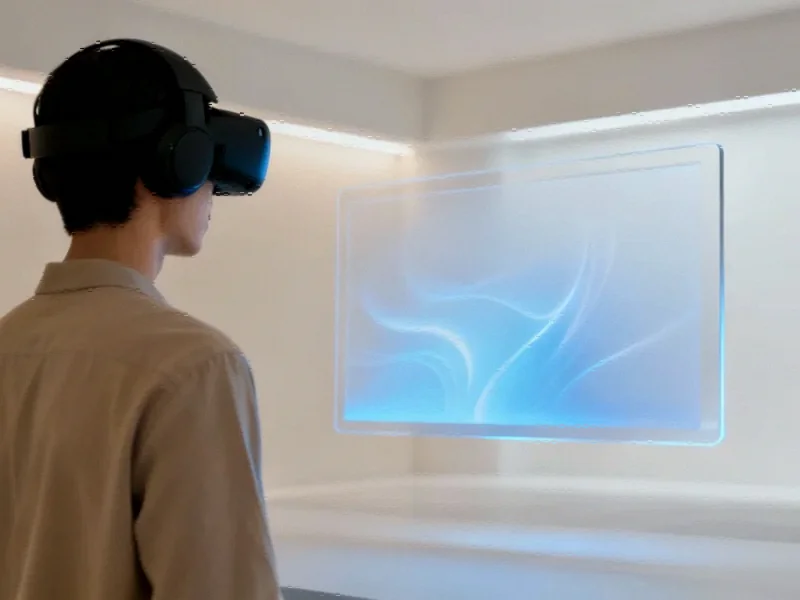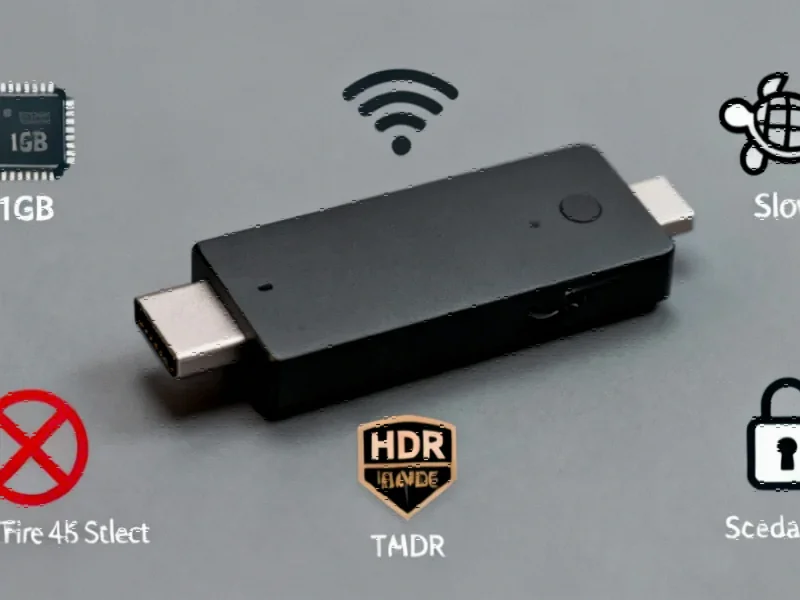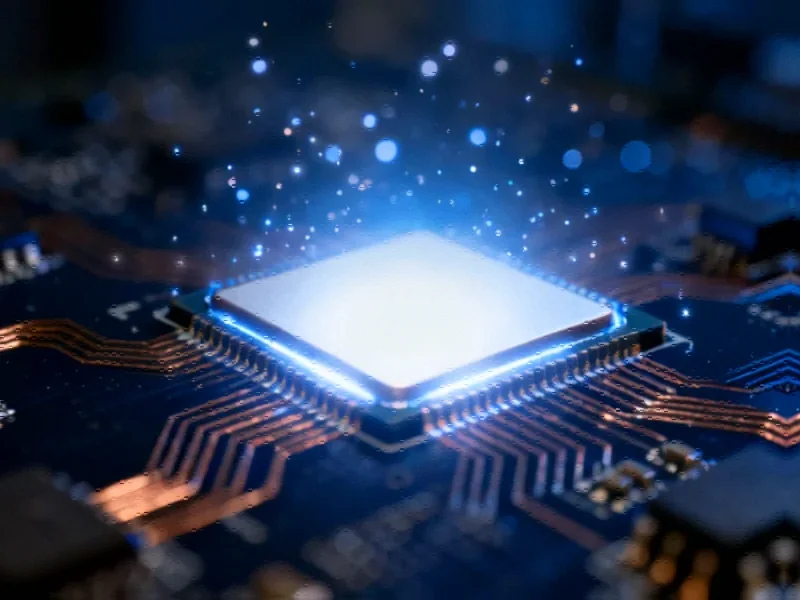Vision Pro’s M5 Upgrade Maintains Platform Separation
Apple’s announcement of a new Vision Pro model featuring the powerful M5 chipset has reportedly failed to address what some analysts describe as the device’s fundamental limitation: its separation from the macOS ecosystem. According to reports, the upgraded headset continues to position itself as an extended tablet experience rather than the wearable Mac that many technology observers had anticipated.
The Wearable Computer That Wasn’t
Sources indicate that when the original Vision Pro was in development, its inclusion of M-class chips – the same processors powering Apple’s most powerful computers – led many to believe it would function as a laptop for your face. The device ultimately launched with an M2 chip alongside a dedicated R1 processor for handling spatial computing tasks. Analysts suggest this hardware configuration theoretically enables the headset to run demanding macOS applications, yet Apple has maintained a strict separation between visionOS and macOS.
“The Vision Pro found itself being compared to a wearable tablet, given its vast selection of iPad software, rather than the MacBook for your face many had hoped it might be,” one industry report states. This approach has reportedly baffled some observers who see the powerful hardware as underutilized for productivity applications.
Spatial Computing Versus Spatial Tableting
Analysts suggest that positioning the Vision Pro as a wearable Mac would potentially justify its premium price point more effectively. “Macs cost more than iPads, so the step up to the headset seems less gigantic,” according to one assessment. When considering the spatial computing advantages – including the ability to work in 3D space and eliminating the need for multiple physical monitors – sources indicate the device could represent a compelling alternative to traditional computers for certain professional users.
The terminology itself has become part of the discussion, with one report noting: “Apple calls it ‘spatial computing’, not ‘spatial tableting,'” suggesting the branding implies more computer-like functionality than the current implementation delivers. This perspective on industry developments highlights the gap between marketing and actual capability.
Integration Opportunities and Market Position
Despite the powerful new M5 chipset that reportedly matches what powers the latest MacBook Pro, the Vision Pro’s integration with Apple’s computer ecosystem remains limited to functioning as an external display. According to analysts, even basic compatibility with macOS applications through 2D floating windows – similar to how users interact with them on traditional computers – would significantly enhance the device’s utility.
This approach to platform separation appears consistent with market trends toward ecosystem segmentation, though some observers question whether this strategy serves the Vision Pro’s potential. The headset’s positioning among wearable technology continues to evolve as competitors like Samsung prepare their own entries into the spatial computing space.
Future Implications for Apple’s Spatial Computing Vision
The continued separation between visionOS and macOS raises questions about Apple’s long-term strategy for the Vision Pro line. Analysts suggest that without deeper integration with Apple’s professional computing platform, the device may struggle to differentiate itself from less expensive augmented and virtual reality alternatives. This challenge reflects broader related innovations in computing interfaces.
Some reports indicate that Apple’s cautious approach may stem from concerns about cannibalizing Mac sales or technical challenges in adapting macOS for spatial computing. However, as the technology continues to advance with recent technology improvements, pressure may mount for greater convergence between Apple’s computing platforms. The company’s decision comes amid industry developments across multiple technology sectors.
According to industry observers, the success of this second-generation Vision Pro may influence whether Apple eventually merges its computing platforms or maintains their separation. With the M5 chip providing desktop-class performance in a wearable form factor, the hardware capability for deeper macOS integration reportedly exists, leaving the ball in Apple’s court regarding software strategy.
This article aggregates information from publicly available sources. All trademarks and copyrights belong to their respective owners.
Note: Featured image is for illustrative purposes only and does not represent any specific product, service, or entity mentioned in this article.



